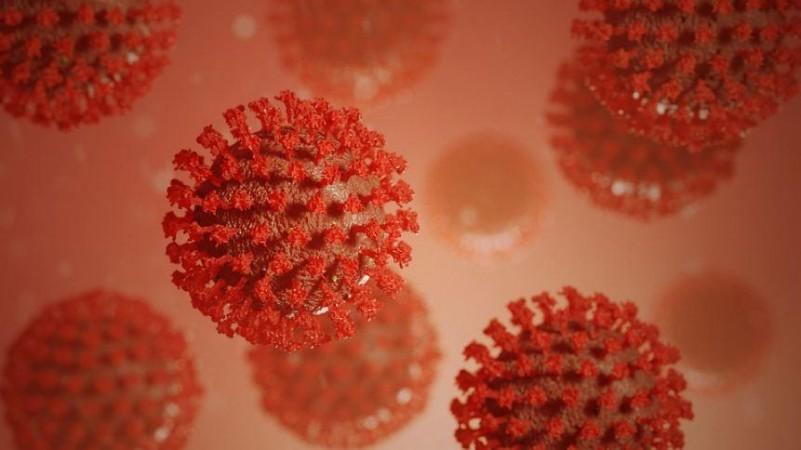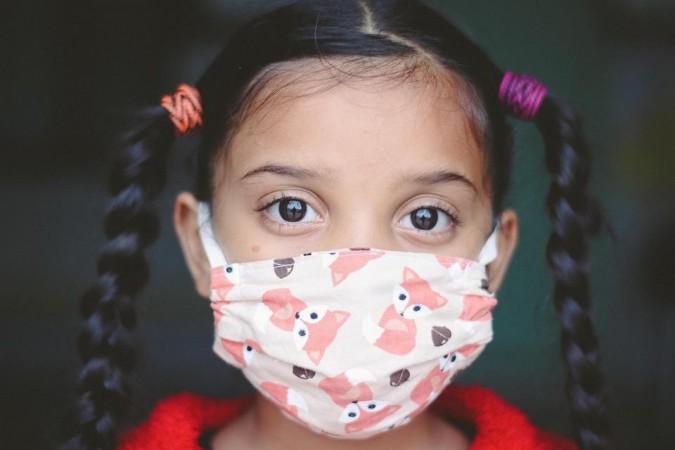With the second wave of the COVID-19 pandemic rapidly spreading across several countries, including India, the incidence of cases among children turning is a serious concern. Providing some respite, a new study led by the University of Manitoba states that children may not be as infectious as adults in spreading the SARS-CoV-2coronavirus.
The study by a multi-disciplinary team of researchers found that the growth of the virus in cell cultures of nasopharyngeal swabs acquired from children were lower, and had lesser viral concentrations. Thus, the findings of the study can have crucial clinical and public health implications, the authors expressed.

"If younger children are less capable of transmitting infectious virus, daycare, in-person school and cautious extracurricular activities may be safe to continue, with appropriate precautions in place, and with lower risk to child care staff, educators and support staff than initially anticipated," said Dr. Jared Bullard, principal investigator of the study, in a statement.
Less Infectious Than Adults
For the study, the scientists analyzed nasopharyngeal samples from 130 adults and 175 children from Canada's Manitoba region who had been infected by the novel coronavirus. RT-PCR (reverse transcription-polymerase chain reaction) test was used to confirm the positive status of all 305 patients. Of the samples collected from 175 children, 97 belonged to those below the age of 10, while 78 were from children between the ages of 11 to 17.
The authors found that in 31 percent of the samples, viral growth in culture was present. These samples included only 18 from children below 10 years of age and 18 from children between 11-17 years. However, 57 of these samples belonged to adults.

Additionally, the team also gleaned that the cycle threshold (ct) was higher among children of both groups. Ct is the number of cycles required to magnify viral RNA for it to reach levels where it can be detected. The higher the Ct value, the lower is the viral load.
In children below 10, the Ct value was found to be 25.1, and in children between 11-17 years, it was 22.2. Nevertheless, in adults, the Ct value was 18.7. This meant that the viral load was higher in individuals above the age of 18; being significantly more infectious than children.
Children as Transmitters of COVID-19
The role of children in the transmission of COVID-19 has been an important area of concern in the pandemic. Belonging to an age group where enforcement of precautionary measures such as social distancing and mask-wearing is a challenge, understanding the action of the virus in and through them is crucial.
A study published in June 2020 reviewed 16 unique studies that investigated the role children played in the transmission of SARS-CoV-2. Admitting that the evidence available at the time was limited, it concluded that children may be infected or infect others less frequently.

Another paper by Atle Fretheim, Research Director, Norwegian Institute of Public Health, also made similar conclusions. "Based on the current evidence, it appears that infected children do not represent a major vector for transmission, but it is too early to draw any conclusions yet as the picture may change as we get more comprehensive data from infection tracking processes."
With the pandemic affecting the functioning of schools and other educational institutions, understanding the infection's action among children is vital assert the authors of the current study.
"As an increasing number of jurisdictions consider whether in-school learning, daycares and extracurricular activities should continue or resume, a better understanding of the relative contributions of children and adolescents to SARS-CoV-2 transmission, when compared with adults, is essential," they wrote.





!['Had denied Housefull franchise as they wanted me to wear a bikini': Tia Bajpai on turning down bold scripts [Exclusive]](https://data1.ibtimes.co.in/en/full/806605/had-denied-housefull-franchise-they-wanted-me-wear-bikini-tia-bajpai-turning-down-bold.png?w=220&h=138)



